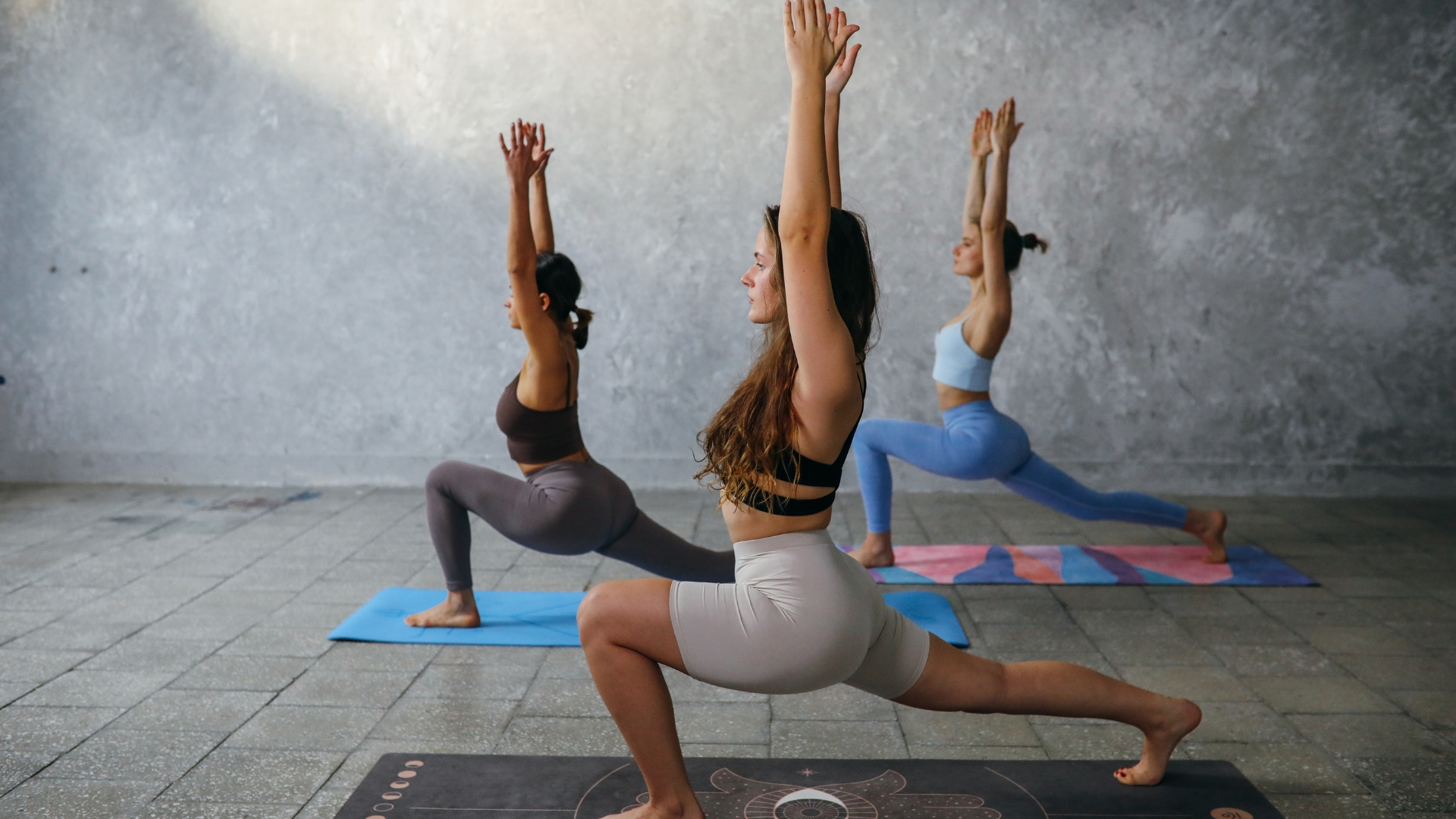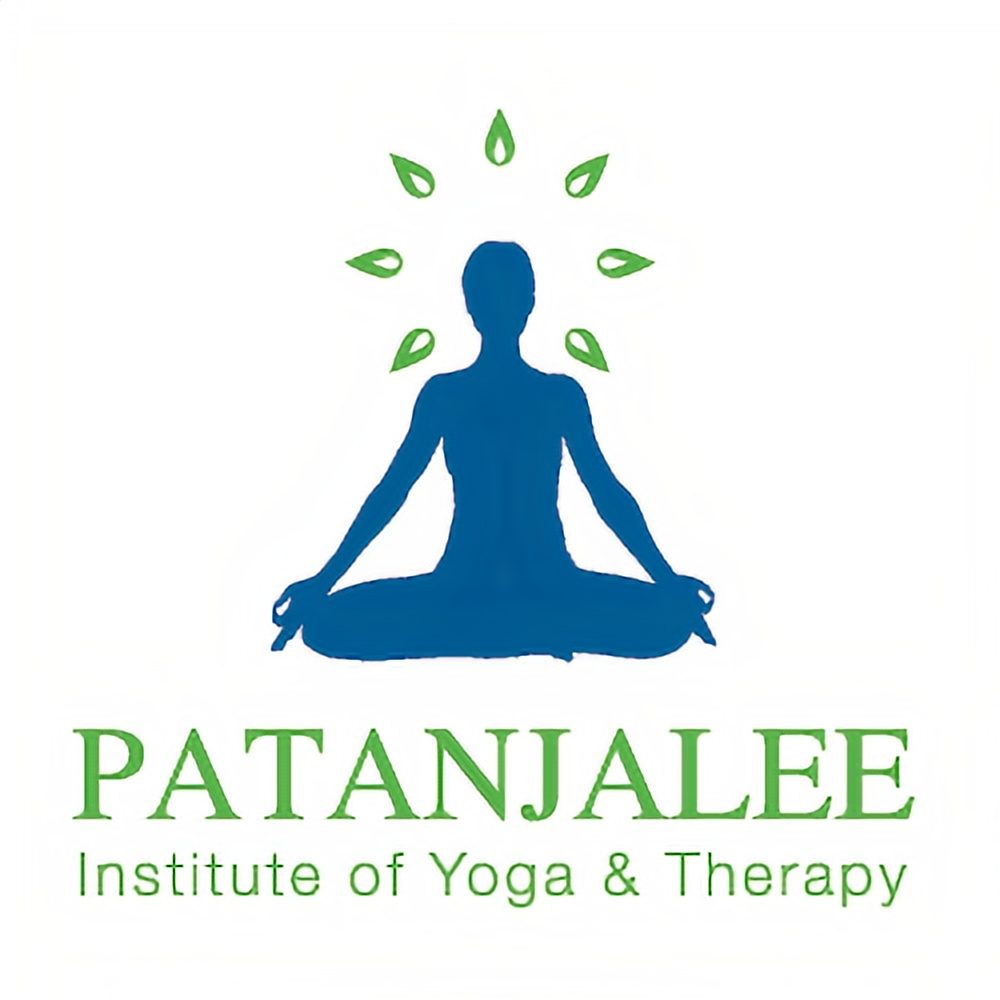Yoga For PCOS To Get Pregnant
Polycystic Ovary Syndrome (PCOS) is a multifaceted endocrine disorder affecting millions of women worldwide. According to the World Health Organization (WHO), it is estimated that Polycystic Ovary Syndrome (PCOS) impacts approximately 8–13% of women of reproductive age. One of the significant challenges women with PCOS face is difficulty conceiving due to irregular ovulation or lack thereof. While medical interventions play a crucial role in managing PCOS, yoga emerges as a beacon of hope, offering a holistic approach to managing PCOS symptoms and enhancing fertility.
In this comprehensive guide, we delve deep into the intricate relationship between PCOS and fertility, explore the therapeutic benefits of yoga in addressing PCOS-related concerns, and provide a detailed yoga practice tailored specifically for individuals navigating PCOS and striving to conceive.
Understanding PCOS and its Impact on Fertility
To comprehend the significance of yoga in addressing PCOS-related fertility issues, it is imperative to first grasp the multifaceted nature of PCOS and its implications for reproductive health. PCOS disrupts the delicate interplay of hormones within the female body, manifesting in a range of symptoms that extend beyond reproductive concerns. While the exact cause of PCOS remains elusive, factors such as genetics, insulin resistance, and lifestyle choices contribute to its development and progression.
One of the hallmark features of PCOS is anovulation, wherein the ovaries fail to release eggs regularly, leading to irregular menstrual cycles and ovulatory dysfunction. This irregularity in ovulation poses a significant hurdle for women attempting to conceive, as it diminishes the chances of fertilization and successful implantation. Additionally, the hormonal imbalances inherent in PCOS, including elevated levels of androgens such as testosterone, further disrupt the delicate cascade of events necessary for conception and pregnancy.
Furthermore, PCOS often coexists with other metabolic abnormalities, such as insulin resistance and obesity, which can exacerbate fertility challenges. Insulin resistance, characterized by the body’s reduced responsiveness to insulin, leads to elevated insulin levels and subsequent hyperinsulinemia. This hormonal imbalance not only contributes to weight gain and metabolic disturbances but also disrupts ovarian function and exacerbates PCOS symptoms. Consequently, women with PCOS are at an increased risk of infertility, miscarriage, and complications during pregnancy.
Navigating PCOS and Fertility with Yoga 
In the face of such complex physiological imbalances, traditional approaches to managing PCOS and infertility often fall short. While medication and assisted reproductive technologies have their place in fertility treatment, they may not address the root causes of PCOS or provide sustainable solutions. Herein lies the transformative potential of yoga—a holistic practice that encompasses physical postures, breathwork, meditation, and mindfulness.
The therapeutic benefits of yoga extend far beyond its physical aspects, encompassing profound effects on hormonal balance, stress reduction, and overall well-being. Numerous studies have elucidated the positive impact of yoga on reproductive health, particularly in the context of PCOS and fertility. By joining online yoga classes for PCOS/PCOD into their wellness regimen, women with PCOS can embark on a journey of self-discovery and healing, empowering themselves to reclaim control over their bodies and fertility.
Benefits of Yoga for PCOS and Fertility
The benefits of yoga for women with PCOS seeking to enhance their fertility are multifaceted and encompass both physical and psychological dimensions. From hormonal regulation to stress reduction, the therapeutic effects of yoga resonate deeply with the needs of individuals grappling with PCOS-related concerns.

Below are some key benefits of yoga in the context of PCOS and fertility:
- Hormonal Balance: Yoga poses, or asanas, exert a profound influence on the endocrine system, facilitating the regulation of hormone levels critical for reproductive health. Specific poses, such as forward folds, twists, and inversions, target the ovaries, adrenal glands, and thyroid gland, promoting hormonal balance and enhancing fertility.
- Stress Reduction: Chronic stress is a pervasive yet often overlooked factor in the pathogenesis of PCOS and infertility. Yoga offers a sanctuary of serenity amidst the chaos of daily life, providing individuals with the tools to navigate stress and cultivate inner peace. Through mindful movement, conscious breathing, and meditation, yoga serves as a potent antidote to stress, fostering relaxation and restoring equilibrium to the body and mind.
- Improved Circulation: The practice of yoga enhances blood flow to the reproductive organs, nourishing the ovaries, uterus, and pelvic region with oxygen and nutrients essential for optimal function. By promoting circulation and vitality in the pelvic area, yoga facilitates the release of tension and stagnation, paving the way for enhanced fertility and reproductive wellness.
- Weight Management: Weight gain and obesity are common comorbidities of PCOS, exacerbating hormonal imbalances and fertility challenges. Yoga offers a holistic approach to weight management, combining physical activity with mindfulness and self-awareness. By engaging in a regular yoga practice, individuals can cultivate a healthy relationship with their bodies, improve metabolic function, and support sustainable weight loss.
- Enhanced Mental Health: Dealing with the physical and emotional ramifications of PCOS and infertility can take a toll on mental well-being. Yoga serves as a sanctuary for self-care and self-exploration, offering individuals a safe space to process their emotions, release pent-up tension, and cultivate resilience in the face of adversity. Through the integration of breathwork, meditation, and relaxation techniques, yoga nurtures emotional equilibrium and empowers individuals to navigate their fertility journey with grace and fortitude.
Yoga Practice for PCOS and Fertility
To harness the healing power of yoga for PCOS and fertility, it is essential to cultivate a tailored yoga practice that addresses the unique needs and concerns of individuals grappling with these conditions. Enrolling in online yoga classes helps you to choose a customized yoga class.

The following yoga sequence is designed to promote hormonal balance, reduce stress, and optimize reproductive health, serving as a holistic approach to supporting fertility and well-being.
- Deep Breathing (Pranayama): Begin your practice with deep breathing exercises to center your mind and connect with your breath. Find a comfortable seated position, either cross-legged on the floor or in a chair with your feet flat on the ground. Close your eyes and place your hands on your abdomen. Take a slow, deep inhale through your nose, allowing your belly to expand fully. Exhale slowly through your nose, drawing your navel toward your spine to empty your lungs completely. Continue this rhythmic breathing pattern for 3-5 minutes, focusing on the sensation of the breath moving in and out of your body.
- Cat-Cow Stretch (Marjaryasana-Bitilasana): Transition to a tabletop position on your hands and knees, aligning your wrists under your shoulders and your knees under your hips. Inhale as you arch your back, lifting your tailbone and chest toward the ceiling, and allow your belly to drop toward the floor (cow pose). Exhale as you round your spine, tucking your chin to your chest and drawing your navel toward your spine (cat pose). Flow smoothly between cat and cow poses, syncing your movements with your breath. Repeat for 5-10 rounds, allowing each movement to be gentle and fluid.
- Child’s Pose (Balasana): From tabletop position, lower your hips back toward your heels, extending your arms forward and resting your forehead on the mat. Allow your chest to sink toward the floor, feeling a gentle stretch in your spine and hips. Close your eyes and breathe deeply into your lower back, expanding with each inhale and softening with each exhale. Hold the child’s pose for 1-2 minutes, surrendering to the support of the earth beneath you.
- Butterfly Pose (Baddha Konasana): Sit on the mat with the soles of your feet together and your knees bent out to the sides, forming a diamond shape with your legs. Hold onto your feet with your hands and sit up tall, lengthening your spine. Gently press your knees toward the ground, feeling a stretch in your inner thighs and groin. Close your eyes and breathe deeply into your hips, allowing them to soften and release with each breath. Hold butterfly pose for 1-2 minutes, embracing the sensation of openness and surrender.
- Reclining Bound Angle Pose (Supta Baddha Konasana): Lie down on your back with your knees bent and the soles of your feet together, allowing your knees to fall open to the sides. Place your hands on your belly or extend your arms out to the sides with your palms facing up. Close your eyes and relax into the pose, feeling the gentle opening of your hips and pelvis. Take slow, deep breaths, allowing your body to soften and release any tension. Stay in a reclining bound angle pose for 3-5 minutes, savoring the sensation of relaxation and receptivity.
- Legs-Up-the-Wall Pose (Viparita Karani): Sit sideways with one hip against a wall and your knees bent. Swing your legs up the wall as you lie back, bringing your hips as close to the wall as comfortable. Extend your arms out to the sides with your palms facing up, and close your eyes. Allow your legs to be fully supported by the wall, feeling a gentle stretch in the backs of your legs and the release of tension in your lower back. Relax into the pose, breathing deeply and surrendering to the present moment. Remain in legs-up-the-wall pose for 5-10 minutes, allowing gravity to facilitate relaxation and rejuvenation.
- Corpse Pose (Savasana): Conclude your practice with corpse pose, lying flat on your back with your legs extended and your arms by your sides, palms facing up. Close your eyes and allow your body to completely relax into the mat. Release any lingering tension in your muscles, soften your breath, and surrender to a state of deep relaxation. Rest in savasana for 5-10 minutes, absorbing the benefits of your practice and cultivating a sense of inner peace and tranquility.
You can also read our blog about “ Is Surya Namaskar Helpful For PCOD? ” to know about the role of yoga in PCOS.
Conclusion
In the intricate tapestry of PCOS and fertility, yoga emerges as a potent catalyst for healing and transformation. Through its integration of physical postures, breathwork, and mindfulness practices, yoga offers women with PCOS a holistic approach to managing symptoms, reducing stress, and enhancing fertility. By nurturing a deep connection between body, mind, and spirit, yoga empowers individuals to reclaim agency over their health and fertility, paving the way for a journey of self-discovery and profound healing. As we embark on this odyssey of self-care and self-compassion, let us embrace the transformative potential of yoga and embark on a path of healing, vitality, and fertility.



